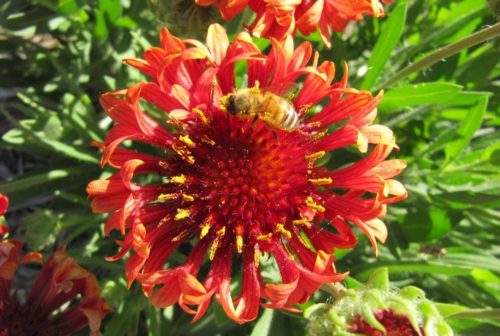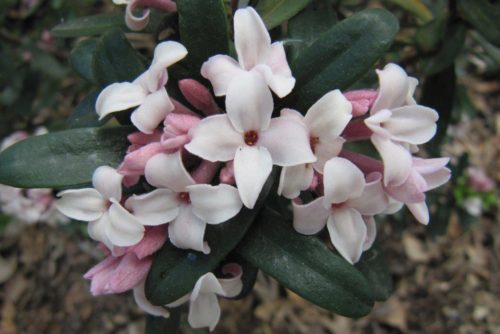
Gardening writer CEDRIC BRYANT suggests filling the garden with hardy perennials that thrive in the heat.
FROM now until late autumn, perennials come into their own.
Many are from the hottest parts of the world, the Mediterranean to South Africa, so are ideally suited to our hot, dry climate and survive on a minimum of water compared with annuals such as petunias.
The perennial gaillardia hails from Texas, Arizona and south into Mexico, and features the stunning colours typical of plants from a hot climate. The Horticultural Society of Canberra has a number of gaillardia varieties growing in their demonstration garden in Bruce.

I also highly recommend echinacea, or coneflower, both for the garden and its numerous medicinal purposes.
Possibly one of my all-time favourite perennials is alstroemeria, or Peruvian lily. I was given a small pot of the variety “Zsa Zsa” a few years ago from Anthony Tesselaar, the famous Dandenong nurseryman. This has now multiplied into an area nearly a metre square. It’s already flowering and will continue until severe frosts hit. With a bit of spring warmth, it takes off again. It’s easy to divide, filling in bare spots in the garden, and perfect for potting up for school and church fetes.
Now is the ideal time to cut back chrysanthemums, salvias and Michaelmas daisies. All are late summer/autumn flowering plants and should be cut back by 50 per cent now, and again in mid-summer. Sounds drastic, but this will dramatically increase the number of flowers on strong sturdy stems.
EXTREMELY drought tolerant, happy in full sun or frost, and with a delightful fragrance, daphne is ideal for the Canberra climate. It has a long flowering period, although the extreme temperatures in the last few months, ranging from 14C to 36C within days, is really knocking the flowers about.

Mediterranean daphne is becoming more popular, with “Eternal Fragrance” the first variety to be readily available. There are now many cultivars of this variety. Another lovely variety is “Spring Pink”.
Daphne originates from China and Europe, particularly Italy. It’s easy to tell the difference from the size of the leaves – Chinese daphne has large glossy foliage and the Mediterranean daphne very small, dull-looking leaves. Most Mediterranean plants, such as rosemary and lavender, have small leaves in common to survive in extreme heat. The larger the leaf, the more moisture they need to cope with transpiration.
The most widely grown is the Chinese daphne odora, which flowers late winter/early spring. This has been cultivated in China for thousands of years, although not introduced to the west until the late 17th century. There are now numerous varieties of this daphne, including some with variegated leaves. Take cuttings now and at the same time, give the plant a light trim all over; nothing too severe.
In “Daphnes: A Practical Guide for Gardeners” by Robin White, more than 200 varieties are listed. Many are hard to find, though I now have 20 in my collection. Still a long way to go.
Who can be trusted?
In a world of spin and confusion, there’s never been a more important time to support independent journalism in Canberra.
If you trust our work online and want to enforce the power of independent voices, I invite you to make a small contribution.
Every dollar of support is invested back into our journalism to help keep citynews.com.au strong and free.
Thank you,
Ian Meikle, editor




Leave a Reply